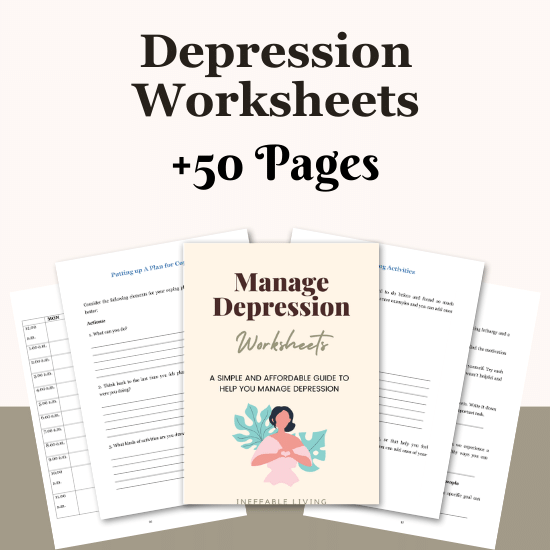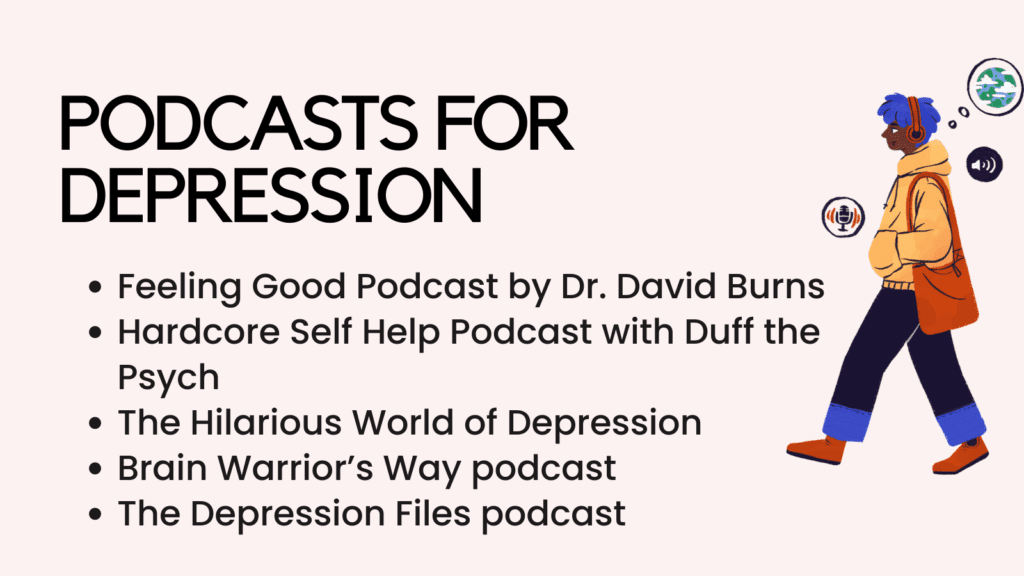When the days grow shorter in winter, many of us feel a shift in mood, energy, and motivation.
For some, this seasonal slump goes beyond the “winter blues” and becomes a recurring pattern known as Seasonal Affective Disorder (SAD).
SAD is a form of depression triggered by seasonal changes, usually starting in the fall and lasting through winter.
In this post, we’ll explore practical ways to manage seasonal depression.
How to Manage Seasonal Depression?
1. Recognize and Acknowledge Symptoms
SAD can look different for everyone, but common symptoms include fatigue, increased sleep, changes in appetite (especially cravings for carbs), irritability, and a general loss of interest in activities you usually enjoy.
Use this quick checklist to reflect on your own experience:
– Do you feel unusually tired during fall and winter?
– Have you noticed changes in your appetite or cravings for sugary and starchy foods?
– Is it harder to feel motivated or interested in daily activities?
– Are you sleeping more or finding it difficult to wake up in the morning?
– Do you experience feelings of sadness, hopelessness, or irritability?
2. Boost Natural Light Exposure
Reduced sunlight disrupts your internal clock, leading to increased melatonin (which makes you sleepy) and decreased serotonin (linked to mood).
Getting more natural light, even in winter, can make a difference.
Tips:
– Spend time outside: Even a brief 15-minute morning walk can provide exposure to natural light.
– Sit by windows: Rearrange your workspace or reading area to get the most sunlight.
– Use a light therapy box: Light therapy mimics natural sunlight and is shown to improve mood in many with SAD. Place it on a table within arm’s reach, aiming for a 20–30 minute session each morning.
Related: Beating the Winter Slump: How to Manage SAD and Holiday Blues?
3. Develop a Structured Routine
Having a daily routine helps counteract the sluggishness and lethargy associated with seasonal depression. It also provides structure, which can help stabilize mood.
Tips:
– Prioritize Morning Light: Aim to wake up around the same time daily and spend your morning in bright, natural light if possible.
– Plan Movement Daily: Exercise is proven to release endorphins, which boost mood and energy.
– Schedule Self-Care: Block out time for activities that bring joy, whether it’s cooking a favorite meal, practicing mindfulness, or connecting with friends.
4. Practice Mindfulness and Stress Reduction
Mindfulness practices can reduce anxiety and improve mood, helping you feel more grounded even when external factors, like shorter days, aren’t in your control.
Tips:
– Start small: Try 5 minutes of breathing exercises, focusing on the sensation of your breath.
– Body Scan: Pay attention to different body parts, noticing any tension, then consciously relaxing them.
– Journaling: Write down a few thoughts each day about your mood or things you’re grateful for.
Related: Top 10 Tips for Dating Someone with Depression
5. Connect with Others
Social isolation can worsen symptoms of SAD. Even if you feel low-energy, connecting with others can boost your mood and offer support.
Choose one social activity each week, even if it’s just a coffee with a friend. Write it down in your calendar to ensure it becomes a priority.
Ideas:
– Set regular meet-ups with friends or family, even if virtual.
– Join a group centered on activities you enjoy (e.g., book clubs, fitness classes).
– Volunteer. Giving back can boost mood and help you stay active.
Related: Best 23 Gifts For People With Depression
When to Seek Professional Help
If you find your seasonal depression becoming overwhelming, it’s essential to seek professional help.
Therapy, counseling, and in some cases, medication can make a significant difference.
– Cognitive Behavioral Therapy (CBT): Studies show CBT can effectively treat SAD by helping change unhelpful thought patterns.
– Support Groups: Talking to others who understand what you’re going through can be immensely supportive.
Related: How To Ask For Help With Depression? Top 10 Tips

Conclusion
While seasonal depression can feel discouraging, there are many practical steps you can take to manage it.
By building awareness, developing a structured routine, connecting with others, and incorporating self-care practices, you can approach this season with resilience and a positive mindset.
Remember, small actions can add up to big changes over time.



